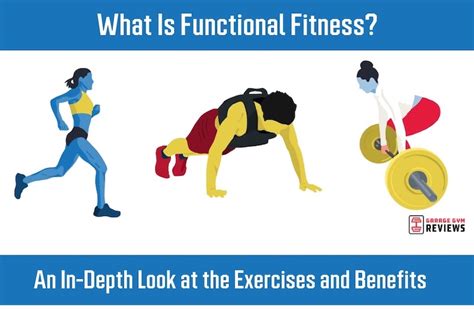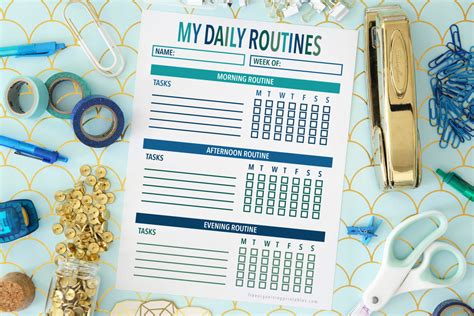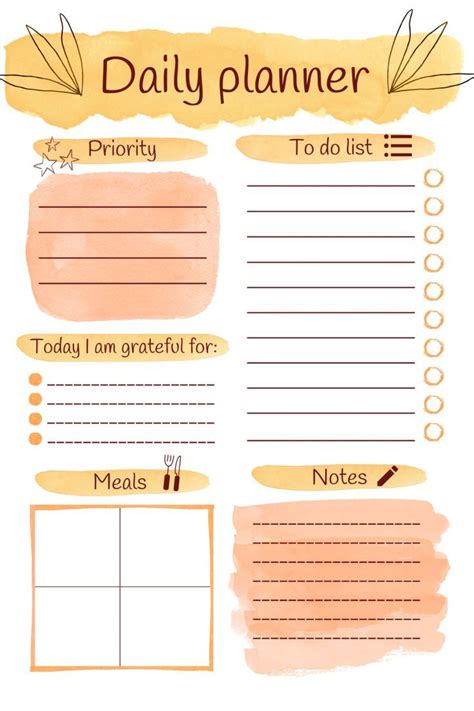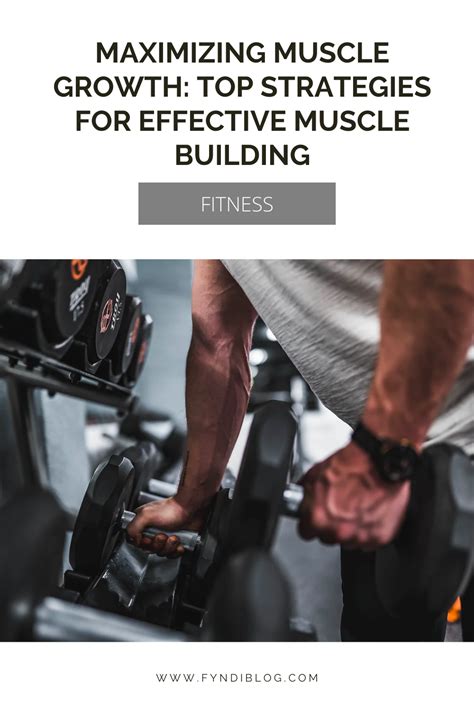How to build functional strength for peak performance & daily resilience?

In an increasingly sedentary world, the importance of movement and robust physical capability cannot be overstated. Functional strength is more than just lifting heavy weights; it’s about training your body to perform effectively in real-world situations, whether that’s excelling in your sport, lifting groceries, or simply navigating daily life with ease and confidence. It builds a foundation of strength that translates directly to improved performance and increased resilience against injury.
What is Functional Strength?
Functional strength refers to the ability to perform movements that mimic real-life actions, engaging multiple joints and muscles simultaneously. Unlike isolation exercises that target single muscles, functional training focuses on movements, not muscles. It trains your body in integrated patterns, just as it moves in sports and daily activities. This holistic approach improves coordination, balance, agility, and overall body control, making you more efficient and powerful in every movement.

Why is it Important for Peak Performance and Daily Resilience?
For athletes, functional strength translates to better power output, enhanced agility, improved reaction time, and significantly reduced risk of injury. It allows your body to absorb, produce, and transfer force more efficiently, leading to peak performance when it matters most. For daily life, it means easier bending, lifting, pushing, pulling, and twisting. It contributes to better posture, reduced back pain, and a greater capacity to handle physical demands without strain, fostering true daily resilience.
Core Principles of Functional Strength Training
Building functional strength involves a thoughtful approach that differs from traditional bodybuilding:
-
Compound Movements
Prioritize exercises that work multiple muscle groups and joints simultaneously, such as squats, deadlifts, lunges, and presses. These mimic natural movement patterns.
-
Multi-planar Movement
Our bodies move in three planes: sagittal (forward/backward), frontal (side-to-side), and transverse (rotational). Functional training incorporates movements across all these planes to build well-rounded strength and stability.
-
Core Stability
A strong, stable core is the foundation of all movement. Functional training emphasizes exercises that engage and strengthen the deep core muscles, providing a stable base for powerful limb movements and protecting the spine.

-
Proprioception and Balance
Many functional exercises challenge your balance and body awareness (proprioception), forcing your nervous system to work harder and improve stability.
-
Progressive Overload
To continue adapting and getting stronger, you must gradually increase the demands on your body, whether through more weight, reps, sets, or more complex movements.
Key Exercises for Building Functional Strength
Incorporate these fundamental movements into your routine:
- Squats: Goblet squats, front squats, overhead squats – teach hip mobility and lower body power.
- Deadlifts: Conventional, sumo, Romanian deadlifts – build posterior chain strength and proper lifting mechanics.
- Lunges: Forward, reverse, lateral, walking lunges – improve balance, unilateral strength, and multi-planar movement.
- Push/Press Variations: Push-ups, overhead presses, landmine presses – develop upper body pushing strength and shoulder stability.
- Pull/Row Variations: Pull-ups, bent-over rows, single-arm rows – strengthen the back and improve pulling mechanics.
- Carries: Farmer’s walk, suitcase carry – excellent for grip strength, core stability, and total body endurance.
- Rotational Movements: Medicine ball slams, cable chops/lifts – crucial for sports performance and preventing injury from twisting motions.

Designing Your Functional Strength Workout
A balanced functional strength program should include exercises from each major movement pattern (squat, hinge, lunge, push, pull, carry, rotate). Aim for 2-4 sessions per week, allowing for adequate recovery. Focus on proper form over heavy weight, especially when learning new movements. Incorporate dynamic warm-ups and cool-downs with mobility work.
Consider varying your equipment to challenge your body in new ways: dumbbells, kettlebells, resistance bands, sandbags, and even your own body weight are all excellent tools for functional training.

Integrating Functional Strength into Your Routine
Consistency is key. Start with foundational movements and gradually progress as your strength and coordination improve. Listen to your body, prioritize recovery, and don’t be afraid to seek guidance from a qualified fitness professional. The goal is not just to get stronger, but to move better, feel better, and perform better in all aspects of your life.
Conclusion
Building functional strength is an investment in your physical future. By focusing on movements that mimic real-life actions, you not only enhance your athletic capabilities and peak performance but also cultivate a robust resilience that allows you to navigate the demands of daily life with greater ease and fewer limitations. Embrace the principles of functional training, and unlock a new level of strength, health, and vitality.









